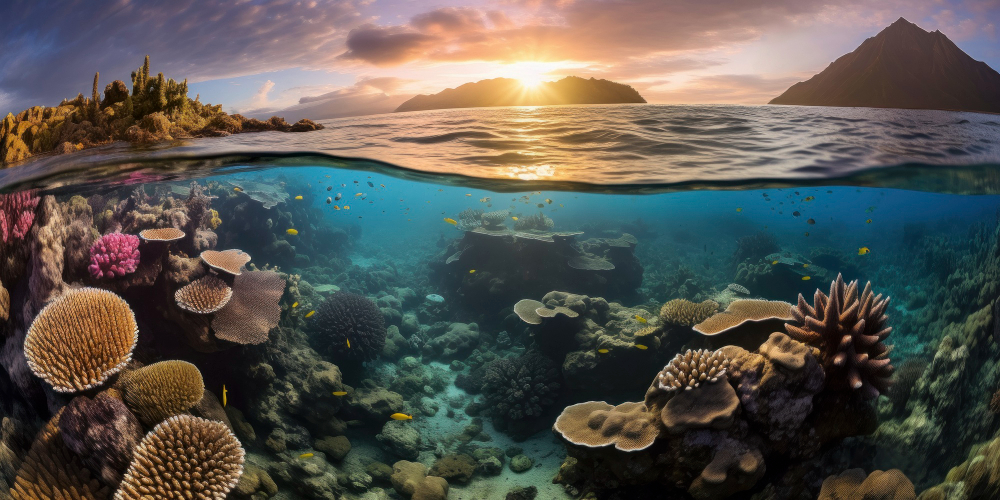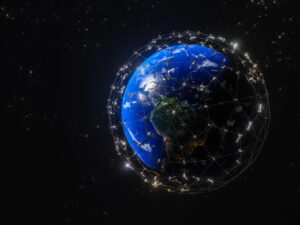Marine microbial populations play a pivotal role in the ocean’s ecosystem. These tiny organisms, invisible to the naked eye, serve as the ocean’s sentinels, reflecting the health and balance of our marine environments.
The Dynamics of Oceanic Global Change
Oceanic global change encompasses a range of alterations in the marine environment. From rising sea temperatures to ocean acidification, these changes significantly impact marine ecosystems. Marine microbial populations are at the forefront of these transformations, responding dynamically to shifts in their habitat.
Microbes as Environmental Sensors
Marine microbes act as sensitive environmental sensors, detecting and responding to changes in their surroundings. Their adaptability allows them to thrive under varying conditions, making them invaluable indicators of environmental change.
Implications for Climate Research
Studying marine microbial populations provides valuable insights into the broader impacts of global change. By monitoring these microbial communities, scientists can better understand the interconnectedness of marine ecosystems and predict future environmental trends.
Harnessing Microbial Insights
The information gleaned from studying marine microbial populations can inform conservation efforts and guide sustainable practices. By recognizing the vital role of these tiny organisms, we can take proactive steps to protect our oceans and ensure their health for future generations.
Conclusion
Marine microbial populations offer a unique window into the complex dynamics of oceanic global change. As we continue to witness unprecedented shifts in our marine environments, understanding the role of these microbial communities becomes increasingly crucial. By valuing and protecting these essential organisms, we can work towards a more resilient and sustainable future for our oceans.







